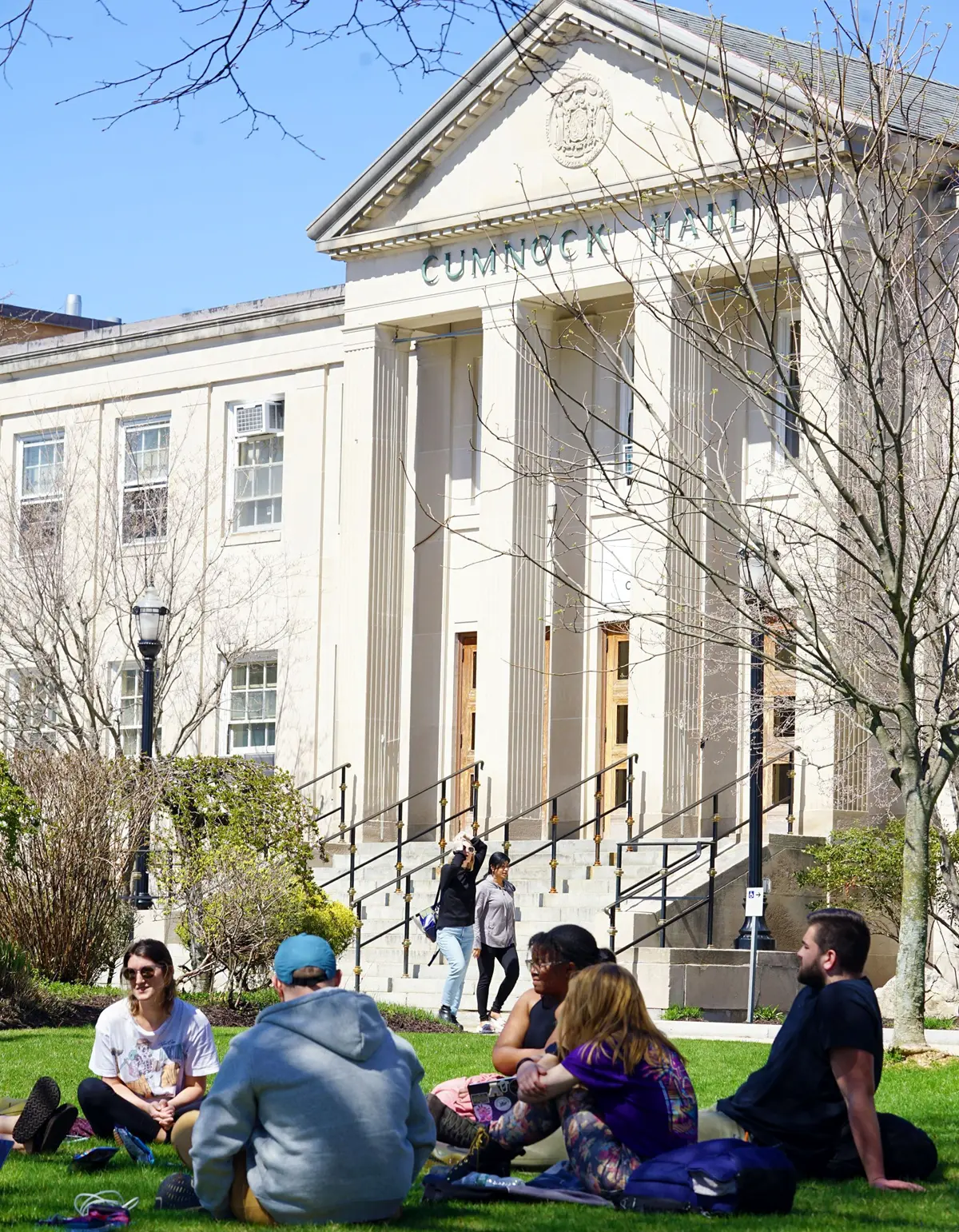Work with Us
Whether you need a broad strategy rethink or a quick update to what’s already working, our team can provide you the expertise you need to get your project to the next level.

Whether you need a broad strategy rethink or a quick update to what’s already working, our team can provide you the expertise you need to get your project to the next level.
